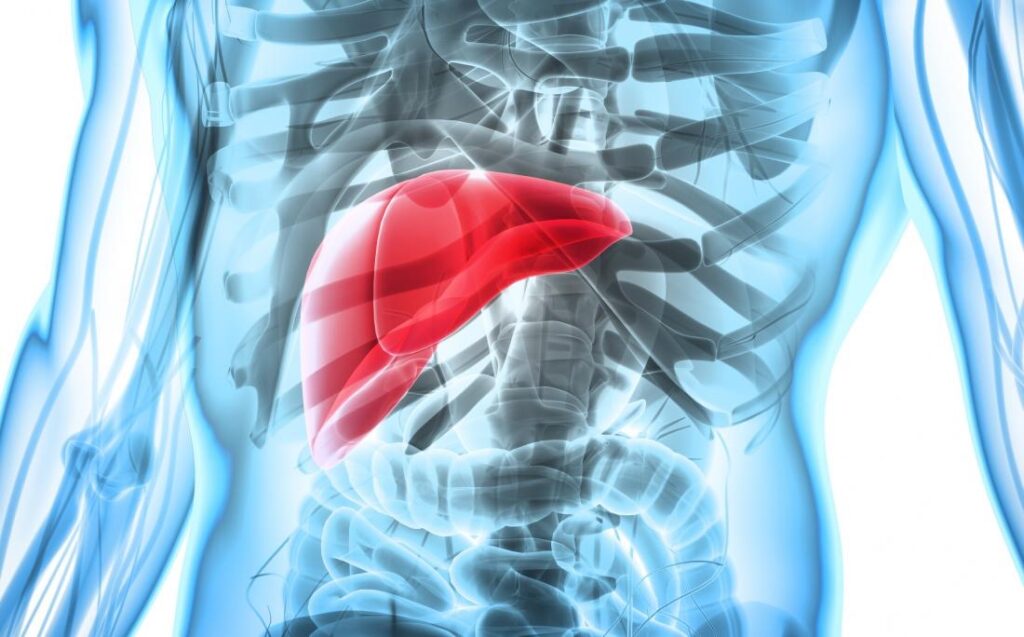
Unraveling Hepatitis: Distinguishing Among Types A, B, and C
The term ‘Hepatitis’ is derived from two words, with ‘Hepatic’ or ‘Hepa’ referring to the liver, and ‘itis’ indicating infection. Essentially, hepatitis is a liver disease caused by different types of viruses, classified into five primary strains: A, B, C, D, and E, each with unique attributes and causes.
Some hepatitis viruses spread through the consumption of contaminated food or water, while others primarily transmit through direct blood-to-blood contact or exchange of bodily fluids.
According to the World Health Organization (WHO), global hepatitis B and C infections are alarmingly high, affecting about 354 million people. Within the European region itself, the WHO estimates that approximately 13.3 million people are chronically affected by hepatitis B and around 15 million people by hepatitis C.
The Centers for Disease Control and Prevention (CDC) also reports an escalating trend in hepatitis infection rates. Since the initial identification of outbreaks in 2016, there have been public reports of 44,241 cases from 37 states. These cases have resulted in 27,029 hospitalizations and 420 deaths as of May 6, 2022.
Despite hepatitis’s high prevalence, a significant knowledge gap exists concerning the different hepatitis viruses and their modes of transmission. This article aims to shed light on the primary differences between hepatitis A, B, and C and their causes.
Dive in to learn more about this prevalent condition, its strains, and their impact on our health.
An In-Depth Look at Hepatitis: Causes, Impact, and Types
This condition primarily involves inflammation of the liver, often caused by a viral infection, but it can also result from non-viral factors such as certain medications, excessive fat within the liver, or chronic alcohol abuse.
Commonly referred to in the context of a viral origin, this liver disease can significantly hinder the organ’s critical functions, which include purifying the blood, fighting infections, regulating hormones, and assisting in digestion. The viruses responsible for this condition vary in severity and duration and are categorized based on how long they affect the body and their impact:
- Acute: This form appears quickly and lasts for a short duration. It often resolves on its own without causing long-term liver damage, though it can sometimes result in severe liver issues, requiring prompt medical care;
- Chronic: This long-term form develops gradually over time. Many individuals do not notice symptoms until the liver has been significantly damaged. Without treatment, it can lead to severe health problems, including liver cirrhosis, liver cancer, and liver failure.
Fully understanding this liver condition means recognizing its different types, symptoms, ways of spreading, and treatment options. Knowledge of these aspects enables individuals to make well-informed choices about prevention, early detection, and suitable management strategies.

Deciphering Hepatitis: Exploring the Disparity Between Types A, B, and C
While all hepatitis viruses are known to cause inflammation of the liver, they differ in their origin, symptoms, and primarily, their modes of transmission. Let’s delve into the specifics of these three strains – Hepatitis A, B, and C, to understand these differences better.
Hepatitis A
Hepatitis A results from an infection with the Hepatitis A Virus (HAV), a disease that is increasingly prevalent in the United States. This form of hepatitis typically results in acute, or short-term liver inflammation. Though this usually subsides naturally, older individuals or those with pre-existing liver diseases may require medical attention to prevent complications. Vaccination for HAV is available and effective in staving off the disease.
The typical transmission route for Hepatitis A is the fecal-oral pathway, meaning it can spread through:
- Direct contact with a HAV-infected person;
- Engaging in sexual activities with a carrier;
- Consumption of contaminated food or drink;
- Exposure to HAV contaminated items such as toilets or diapers;
- Sampling stool samples in labs without appropriate protective gear.
During the incubation period of 15 to 50 days, carriers may not display any symptoms. However, post this period, signs like fever, abdominal pain, and jaundice (yellowing of the skin and eyes) may appear.
Hepatitis B
Hepatitis B is the result of an infection with Hepatitis B Virus (HBV). Like HAV, Hepatitis B can also cause acute illness; however, it can also lead to chronic conditions. The Hepatitis B Virus is primarily transmitted through blood or other bodily fluids. Vaccination is available for HBV but chronic forms of Hepatitis B require oral medication for management.
Hepatitis B is notably prevalent in African and Asian regions, with symptoms including stomach pain, vomiting, and passing clay-colored stools.
You can contract Hepatitis B through:
- Sexual activities with an infected person;
- Sharing drug equipment;
- Direct contact with a Hepatitis B carrier’s blood or open sores;
- Hepatitis B positive mother to child transmission;
- Accidental needle or sharp object injuries;
- Sharing personal items like razors or nail clippers that have been exposed to an infected person’s blood or bodily fluids.
Hepatitis C
Hepatitis C is caused by the Hepatitis C Virus (HCV); this form of hepatitis is almost always chronic and primarily transmits through blood. Unlike Hepatitis A and B, there is no preventive vaccine for Hepatitis C. However, oral medication can effectively cure Hepatitis C.
Symptoms of Hepatitis C can range from easy bleeding or bruising, itchy skin, decreased appetite, to more severe indications like fluid accumulation in the abdomen (ascites).
Transmission of Hepatitis C can occur through:
- Accidental needlestick injuries;
- Obtaining tattoos or piercings with contaminated needles;
- From a Hepatitis C-positive mother to her child;
- Engaging in sexual activities with a carrier;
- Sharing personal items like razors or nail clippers that have been in contact with an infected person’s blood or bodily fluids.
Common Symptoms of Hepatitis A, B, and C
Although the viruses manifest in distinct ways, the symptoms of hepatitis A, B, and C share similarities. These may include:
- Fever;
- Abdominal pain;
- Joint pain;
- Nausea;
- Vomiting;
- Diarrhea;
- Loss of appetite;
- Jaundice;
- Dark urine;
- Pale, clay-colored stool.
Conclusion
In essence, Hepatitis A, B, and C represent significant global health challenges. Each has its distinct characteristics, transmission modes, and treatment protocols. However, understanding their common symptoms can prompt early detection and intervention and perhaps save lives. Vigilance about personal hygiene, pursuing safe practices, advocating for public sanitation, and leveraging available vaccinations are all effective measures against these conditions. With awareness and precaution, we can collectively contribute to reducing the burden of these diseases.

